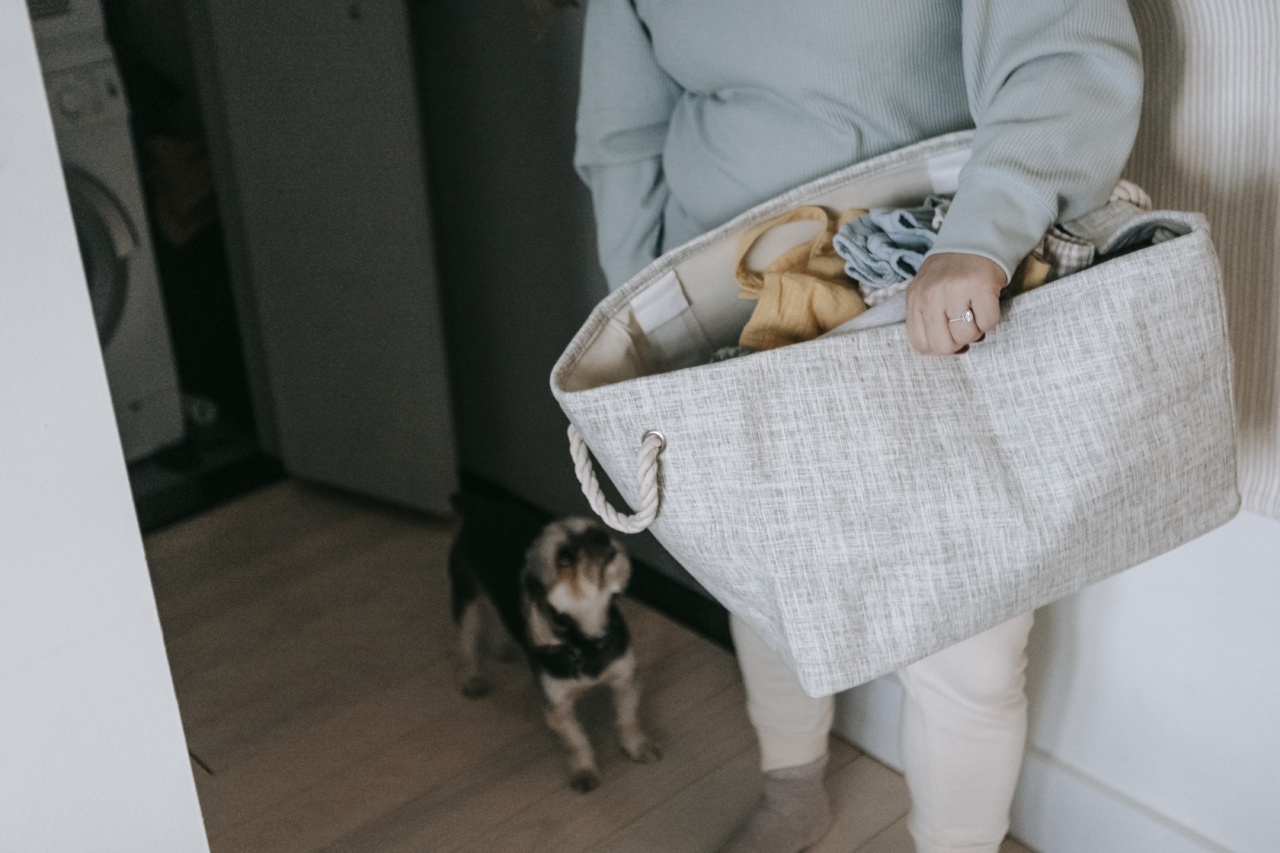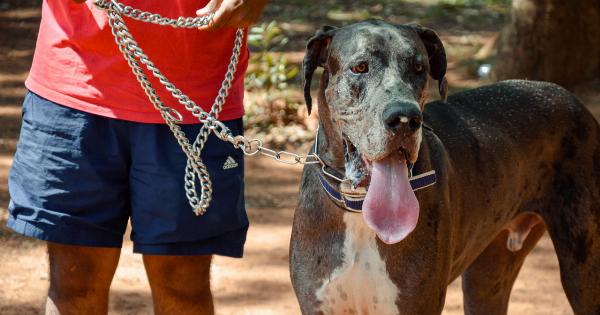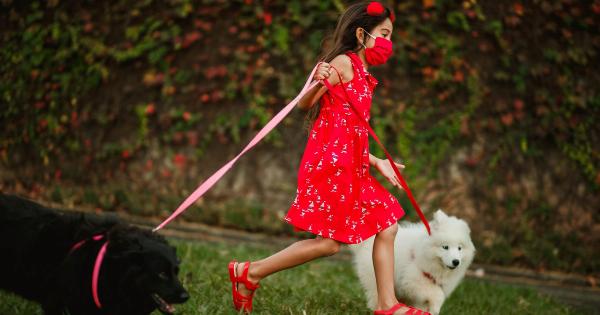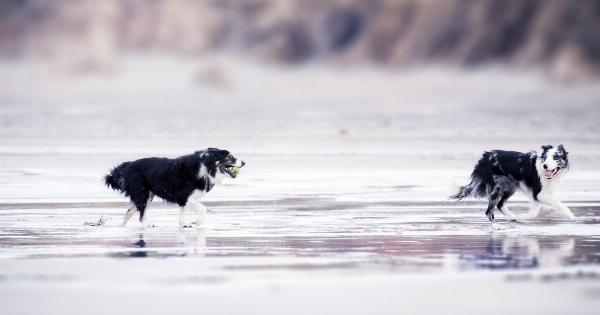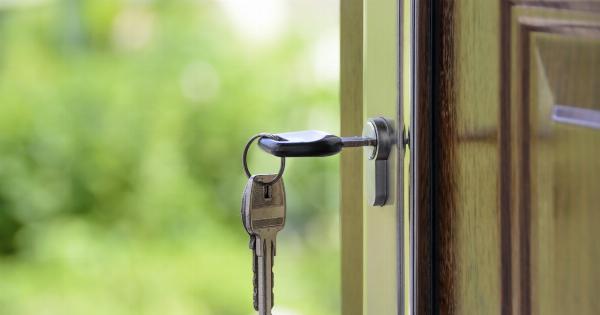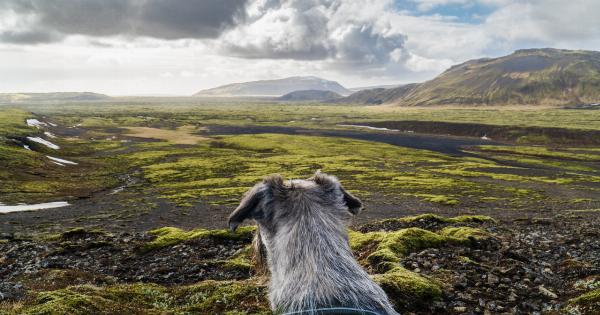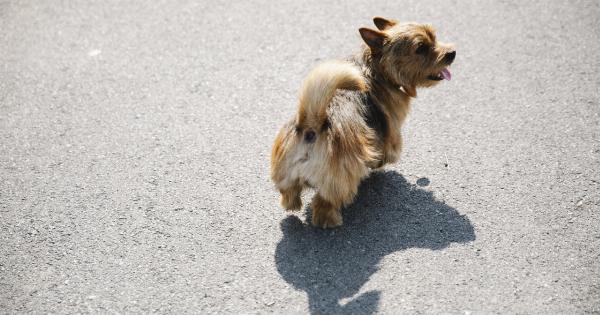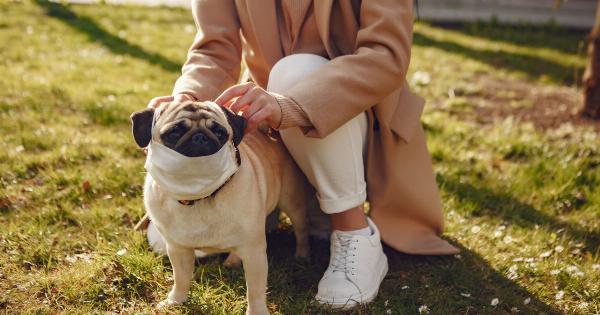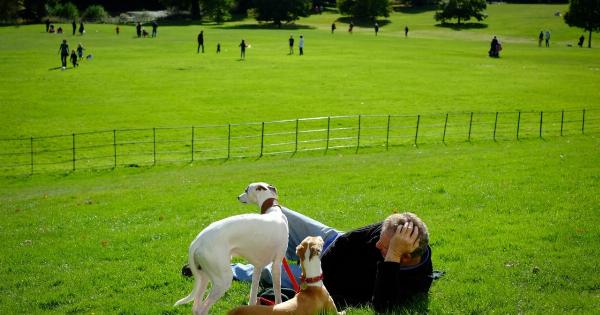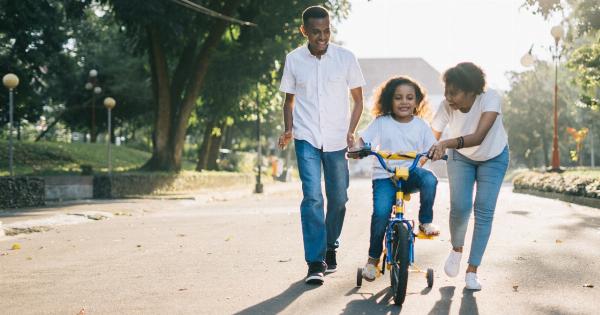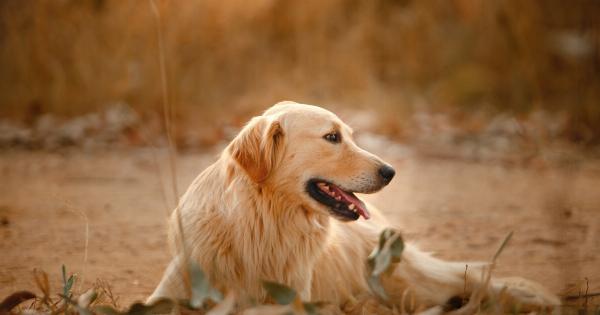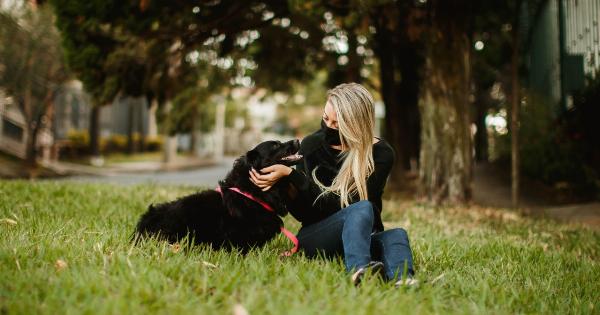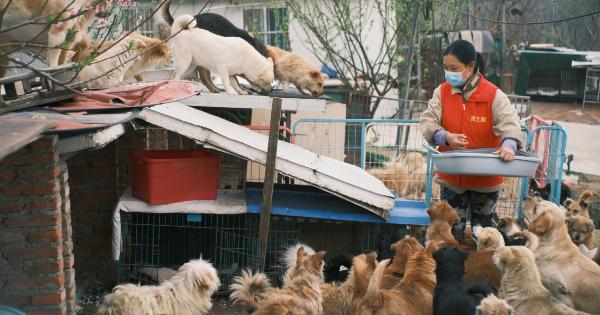As pet owners, we always strive to keep our precious furry friends safe and healthy. However, there are numerous everyday hazards that could pose a threat to our dogs.
Being aware of these dangers and taking appropriate precautions can help us protect our beloved pets from harm. In this article, we will discuss ten common hazards that you should be aware of to keep your dog safe and sound.
1. Toxic Foods
It is important to remember that some everyday foods that are perfectly safe for humans can be toxic to dogs. Common examples include chocolate, caffeine, onions, garlic, grapes, and raisins.
These foods can potentially cause various health issues, ranging from upset stomach and diarrhea to more serious conditions like kidney failure or even death. Always ensure that your dog does not have access to these harmful foods and keep them securely stored away.
2. Household Plants
Some houseplants can be toxic to dogs when ingested. Certain popular plants like lilies, azaleas, daffodils, and tulips can cause vomiting, diarrhea, or more severe symptoms. Before bringing any new plant into your home, make sure it is non-toxic to dogs.
It is always best to consult a veterinarian if you are unsure about the safety of a particular plant.
3. Cleaning Supplies
Many household cleaning products contain chemicals that can be harmful to dogs. Bleach, toilet cleaners, detergents, and floor cleaners are just a few examples. Keep these products safely stored in cabinets or areas not accessible to your dog.
Always ensure your dog is out of the area when using such cleaning agents, and allow ample time for the area to ventilate before allowing your dog back in.
4. Medications
Medications, both prescription and over-the-counter, can be dangerous for dogs if ingested. Painkillers, antidepressants, antihistamines, and certain heart medications can all be toxic to dogs.
Always keep your medications securely stored and never administer any medication to your dog without consulting your veterinarian first.
5. Toxic Chemicals
There are several hazardous chemicals that are commonly found around the house. Antifreeze, rat poison, insecticides, and certain household solvents can all pose serious threats to dogs.
Ensure that these chemicals are stored safely out of your dog’s reach, and be cautious when using them in or around areas where your dog spends time.
6. Sharp Objects
Sharp objects like knives, scissors, and needles should always be kept out of your dog’s reach. Dogs are naturally curious and may accidentally injure themselves if they come into contact with such objects.
It is crucial to keep these items securely stored away in closed drawers or locked cabinets.
7. Small Toys and Choking Hazards
Small toys or objects can pose choking hazards for dogs. Items like small balls, buttons, rubber bands, and children’s toys with small parts should be kept away from your dog’s reach.
Always supervise your dog when playing with toys and avoid leaving them alone with objects that can be easily swallowed.
8. Electric Cables and Cords
Dogs love to chew on things, and electric cables and cords are no exception. Exposed wires can lead to electrical shocks, burns, or even more serious injuries if chewed by a dog.
To prevent any accidents, make sure to secure electrical cords out of your dog’s reach or use cord covers to prevent chewing.
9. Open Doors and Unsecured Yards
It is not uncommon for dogs to escape through open doors or from unsecured yards. Always be mindful when entering or exiting your home to prevent your dog from slipping out.
Additionally, ensure that your yard is properly fenced and that gates are securely closed to maintain a safe environment for your dog.
10. Extreme Temperatures
Dogs are sensitive to extreme temperatures, both hot and cold. Leaving your dog in a hot car or exposing them to excessive heat can quickly lead to heatstroke, organ failure, or even death.
Similarly, frostbite and hypothermia can occur if dogs are left outside in freezing temperatures for extended periods. It is crucial to provide suitable shelter, water, and keep a close eye on your dog’s well-being in extreme weather conditions.
